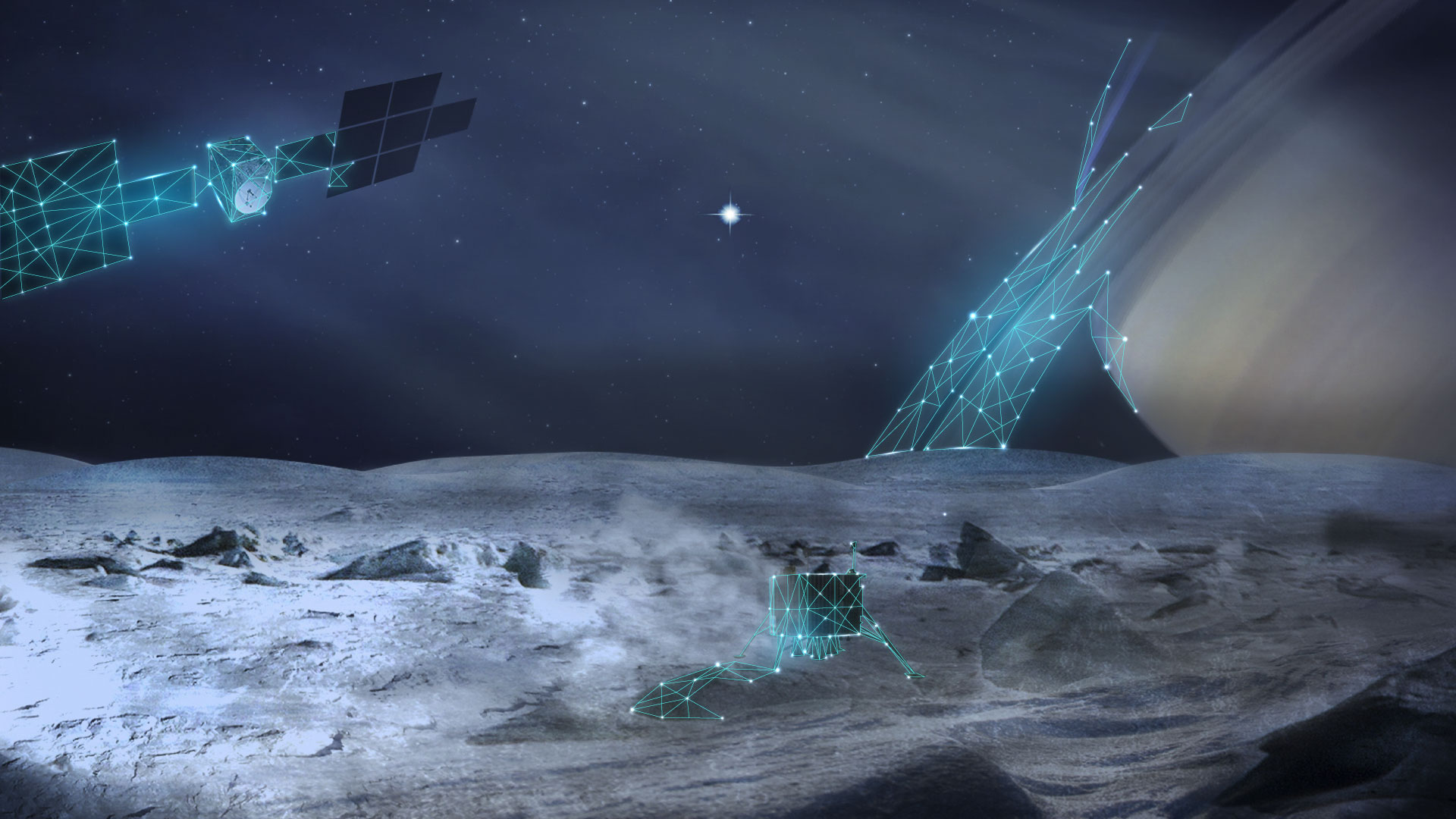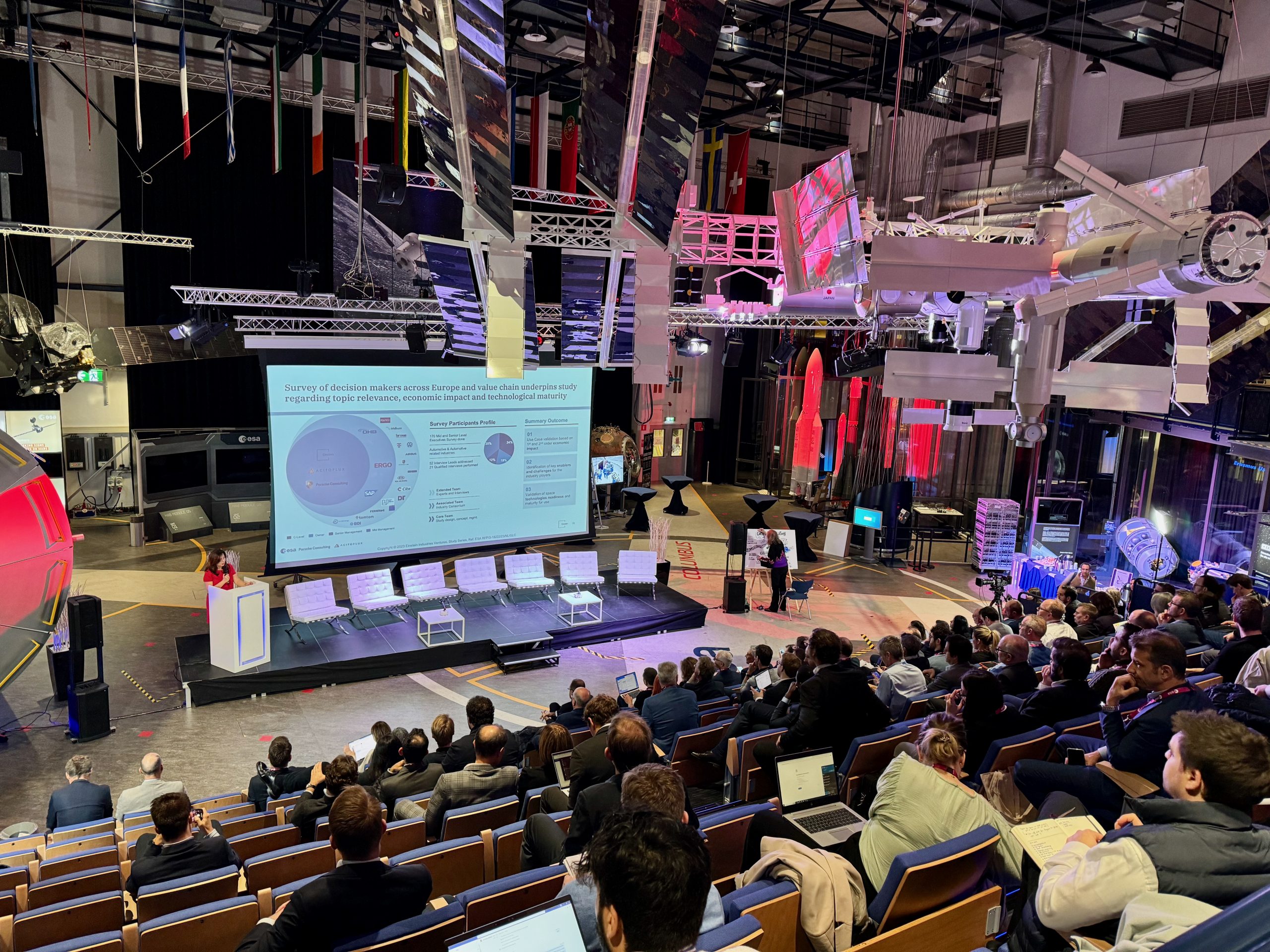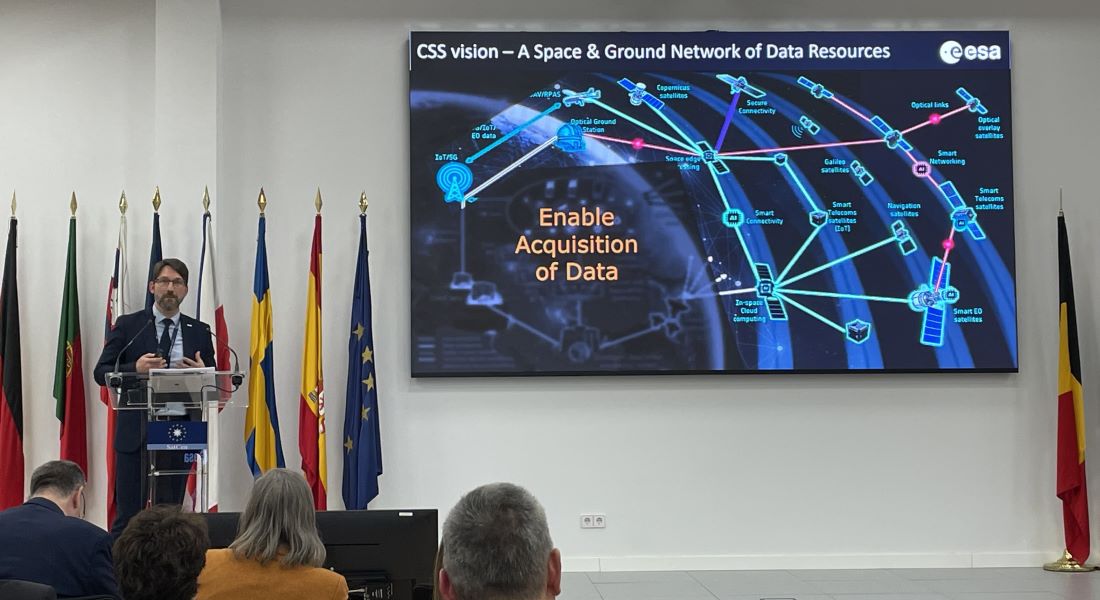Exploring icy moons
Probing the moons of Jupiter or Saturn offers the best chance to discover and study extra-terrestrial lifeforms that are currently active and evolving in the Solar System.

What’s the problem?
Europe is in danger of losing its edge in space, as revenues expand rapidly worldwide and innovative commercial companies power ahead. Disruptive technologies including artificial intelligence and quantum computing – in which Europe forged an early lead – are set to transform life on Earth, but will benefit European citizens to the fullest extent only if the space industry in Europe can grow rapidly.
Why act now?
Achieving the unprecedented scientific objective of sending a probe to an icy moon and returning a cryogenic sample back to Earth will demonstrate Europe’s position as a global leader and authority in space technology, innovation and deep-space exploration.
What is needed?
To return a cryogenic sample from the outer Solar System will need the development of cutting-edge technologies including in-orbit autonomous fuelling, advanced transportation and docking, and a new generation of quantum sensors for cryogenic sample extraction and storage.
Why do this in Europe?
An icy moon sample return mission will greatly reinforce European leadership in space science and demonstrate Europe independence for deep-space capabilities, including power, large space structure management, high data-rate deep space optical communications and refuelling.
What’s the next step?
ESA is establishing an expert team of international scientists to advise on the best scientific strategy for an icy moon sample-return mission.
What are the wider benefits?
Space science and planetary exploration has a unique inspirational power for engaging young generations in science, technology, engineering and maths, creating a highly educated workforce for the future.


